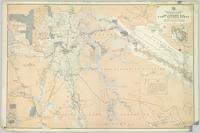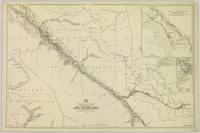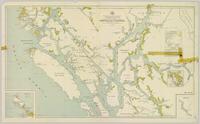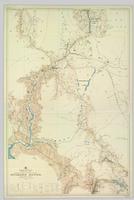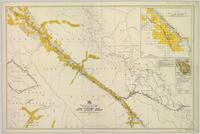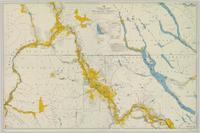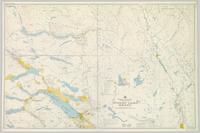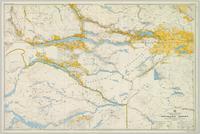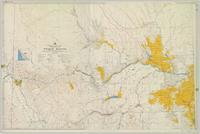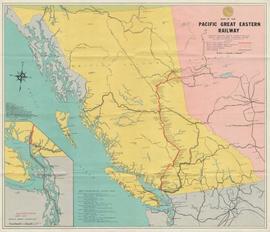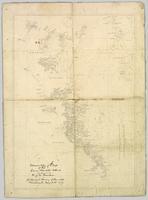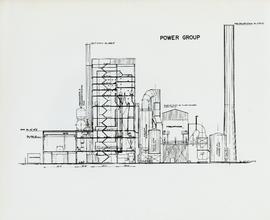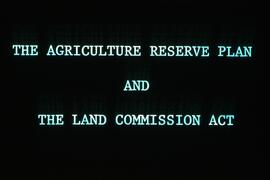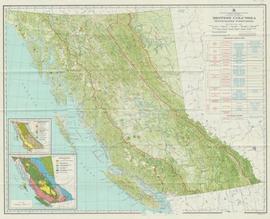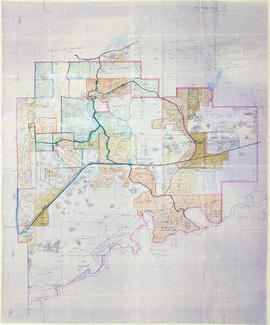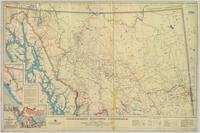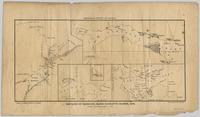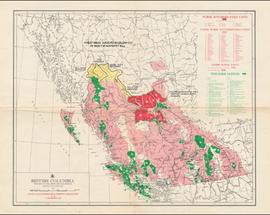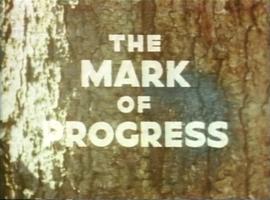File consists of recorded DVD, containing the following video recordings:
- Harkins! - Nov. 23, 1990
- CKPG-TV excerpt- Oct. 3, 1992
- CKPG-TV: Bob Harkins Comments- Dec. 18, 1992
- CKPG-TV: Bob Harkins Comments- April 5, 1993
- UNBC Convocation Address by Bridget Moran – May 26, 1995
DVD Summary
Context: DVD contains recordings originally broadcast on CKPG-TV News, the Prince George CBC affiliate station. It contains multiple recordings of either interviews with Bridget Moran or TV broadcast announcements and news stories relating to Moran’s publications and awards; as well as an excerpt from the May 1995 UNBC Convocation Ceremony featuring Moran’s Convocation Address.
Individual video segments as follows:
(1) Harkins!
Date: 23 November 1990
Length: 30’ minutes
Scope and Content: Contains a recording of a Bob Harkins of Harkins! interviewing Bridget Moran on her books Stoney Creek Woman, Judgement at Stoney Creek and her upcoming publication A Little Rebellion.
(2) CKPG-TV News excerpt Date: 3 October 1992 Length: 2’46” minutes
Scope and Content: Recording of CKPG-TV News excerpt featuring Bridget Moran speaking about her latest publication A Little Rebellion while at a Mosquito Books book signing event.
(3) CKPG –TV News: Bob Harkins Comments
Date: 18 December 1992
Length: 3’minutes
Scope and Content: November weather forecast for Prince George and region, followed by Bob Harkins Comments featuring Bridget Moran and her new book A Little Rebellion.
(4) CKPG –TV News: Bob Harkins Comments
Date: 5 April 1993
Length: 1’35”minutes
Scope and Content: Bob Harkins Comments featuring Bob Harkins speaking about Mary John and Bridget Moran receiving the Governor General’s Award for Outstanding Community Service from MP Brian Gardiner at a ceremony at Mosquito Books in Prince George.
(5) UNBC Convocation Address Date: May 26, 1995
Length: 11’53”minutes
Scope and Content: UNBC president Geoffrey R. Weller introduces Bridget Moran who then delivers her Convocation Address to the students of the May 1995 graduating class. Her speech focuses on change
– positive change - in the realm of education.
